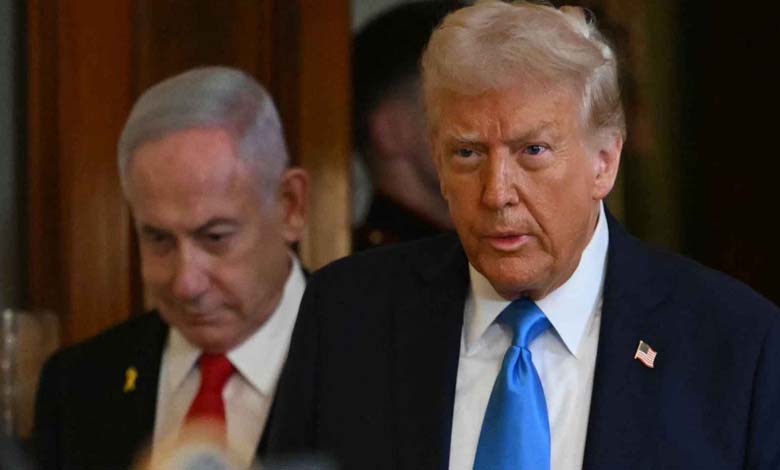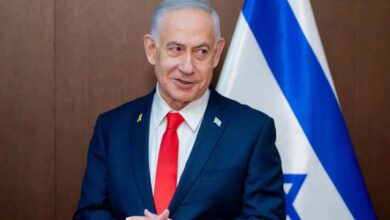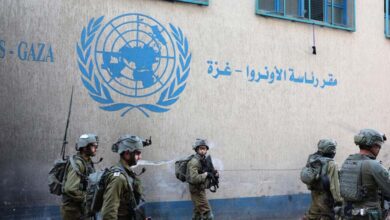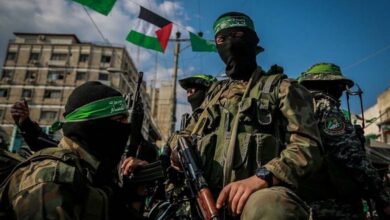Trump’s Plan and Hamas’s Response: Points of Convergence and Divergence

The confrontation in Gaza has entered a new phase as U.S. President Donald Trump’s peace plan becomes the center of intense discussion among regional actors. After months of war, both military and political dynamics now appear to push all sides toward exploring a negotiated settlement.
While Washington promotes a formula based on “security for reconstruction,” the Hamas movement faces a complex dilemma: join post-war arrangements under international terms or risk growing political and territorial isolation.
-
Hostages Before Hamas… A Shift in Priorities or Prelude to the End of the Gaza War?
-
Israel strikes Hamas, Hezbollah, and Houthi “weapons supply line” in Iran… Who is Behnam Shahriari?
A cautious response from Hamas: openness with reservations
In response to Donald Trump’s plan for the future of Gaza and an end to the war, Hamas announced its acceptance of several core elements — including a ceasefire, Israeli withdrawal, the exchange of hostages and prisoners, support for reconstruction, and the categorical rejection of any forced displacement of Palestinians.
Nevertheless, the group’s official statement revealed clear disagreements over the future governance of Gaza and Hamas’s political role, signaling a carefully measured reaction rather than a full endorsement.
-
U.S. Proposal on Gaza on Hamas’ Table… Talk of a Possible Breakthrough
-
Who Is the Yasser Abu Shabab Group Opposing Hamas in Gaza?
Areas of agreement: ceasefire, prisoner exchanges, and humanitarian aid
Hamas has approved a general framework to end the war and achieve a full Israeli withdrawal without accepting the phased timeline proposed by the United States.
While the American plan calls for a gradual Israeli withdrawal following the release of hostages within 72 hours of the agreement’s adoption, Hamas insists that the ceasefire and withdrawal must be immediate and complete.
Regarding prisoners, Hamas expressed readiness to release all Israeli captives—alive or deceased—in a balanced exchange, in return for the release of Palestinian detainees.
-
When the Besieged Rise Up… Gaza Shouts at Hamas
-
Hamas out of power: Macron outlines key conditions for recognizing Palestine
Trump’s plan stipulates the release of 250 prisoners serving life sentences, 1,700 detainees from Gaza, and a 15-to-1 exchange ratio of remains.
On humanitarian issues, Hamas welcomed the American initiative to inject immediate aid through the UN, the Red Crescent, and international agencies, alongside the rehabilitation of infrastructure, hospitals, bakeries, and road networks.
The group also reaffirmed its absolute rejection of any forced displacement of Palestinians, echoing the plan’s guarantee that “no one will be forced to leave.”
-
Hamas to Release American Hostage After Direct Talks with Washington
-
Investigating Hamas: Signs of a New Mechanism to Deliver Aid to Gaza
Areas of dispute: transitional governance and Hamas’s future role
One of the most contentious points concerns post-war governance in Gaza.
Trump’s plan envisions a technocratic transitional administration overseen by an international body chaired by Trump himself, with figures such as former British Prime Minister Tony Blair.
Hamas, however, firmly rejects any direct foreign supervision, arguing that Gaza’s administration must remain Palestinian, based on national consensus and supported by Arab and Islamic countries.
The movement has also remained noncommittal regarding the proposal to deploy an international peacekeeping force — a key component of the American plan that Washington says it will coordinate with Arab partners.
-
Hamas Insists on a Comprehensive Deal in Gaza: Stubbornness Dashes Truce Hopes
-
Can Gaza Overcome Hamas’s Heavy Legacy and the Long Shadow of Occupation?
Yet, the deepest divide lies in Hamas’s political and military future.
The U.S. plan demands that Hamas fully renounce governance and armed activity, accompanied by a comprehensive disarmament process in the territory.
Hamas responded that such issues must be discussed within a unified Palestinian framework, in which it would participate “responsibly,” without explicitly accepting disarmament or political exclusion.
Between tactical concessions and structural disagreements, Hamas appears intent on buying time while safeguarding its influence, as Washington continues to test the boundaries of pressure diplomacy in the Middle East.












